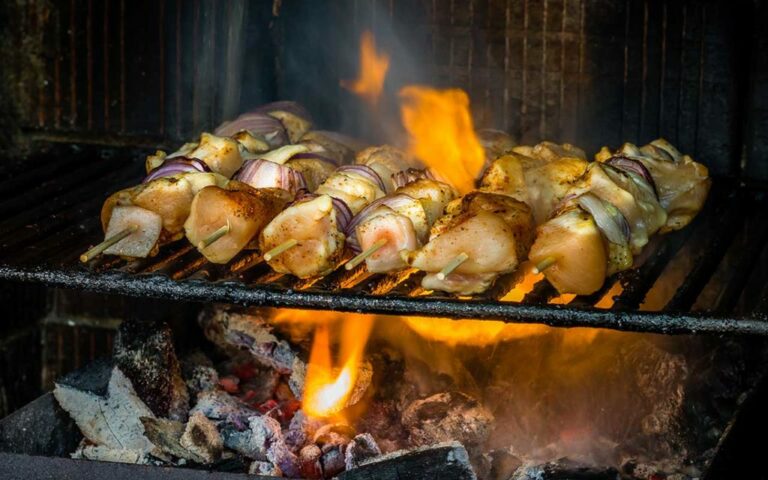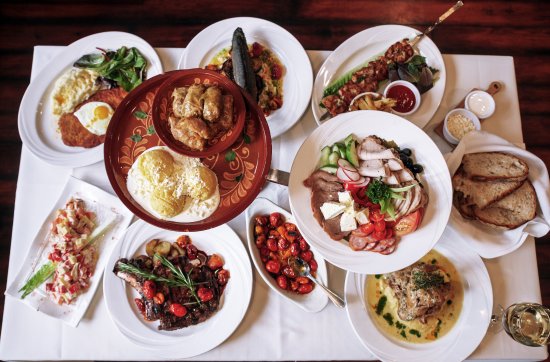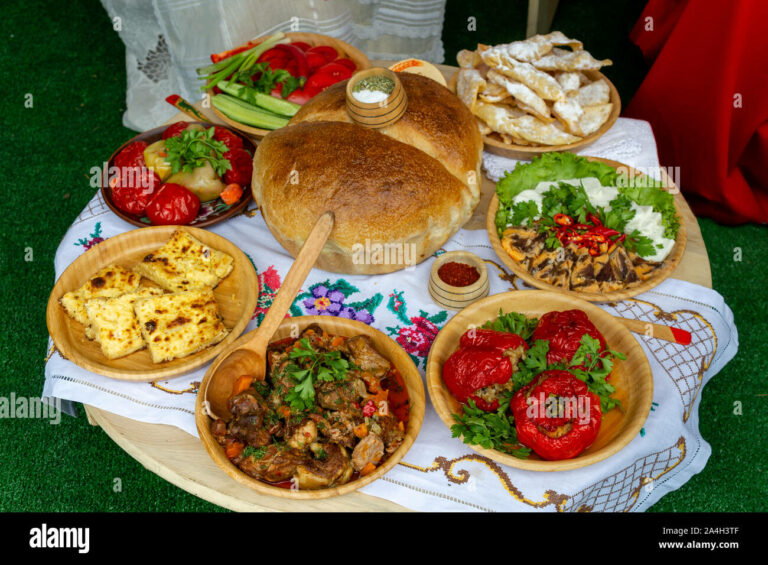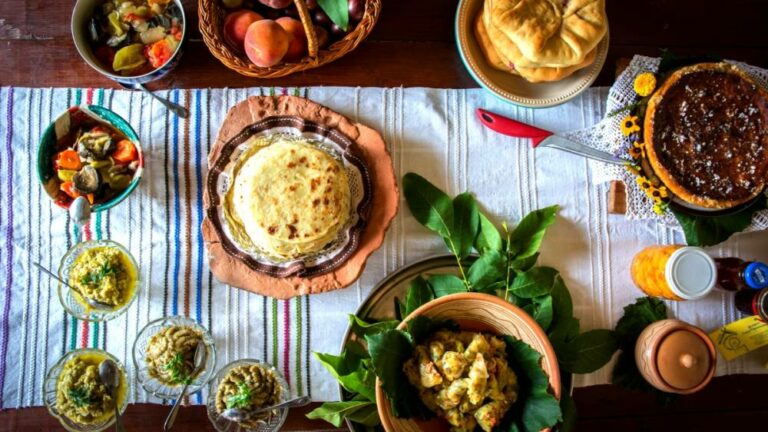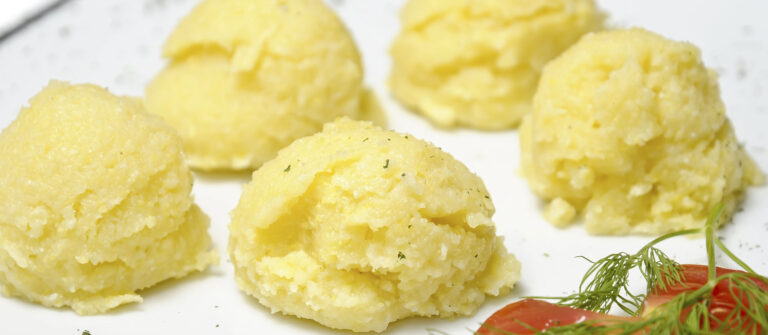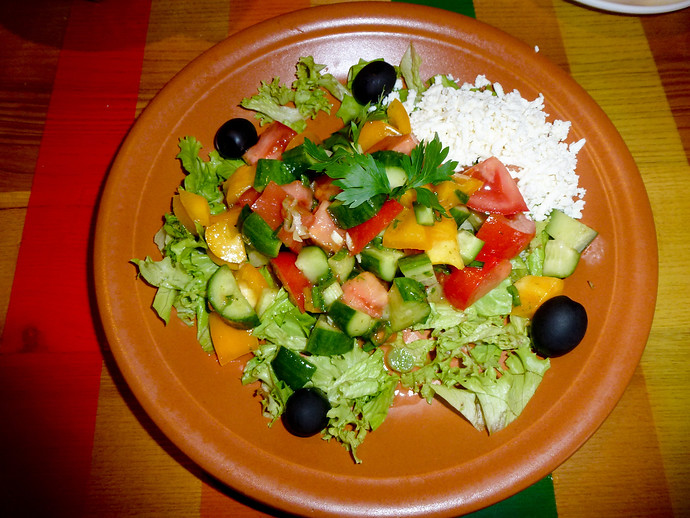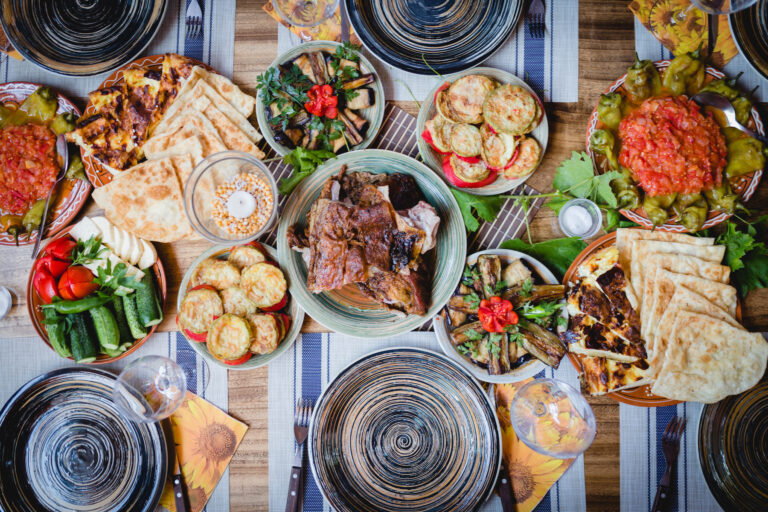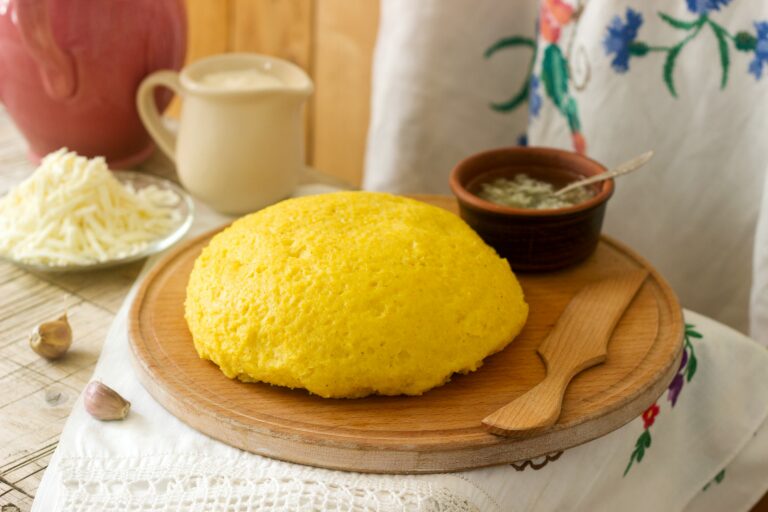Introduction: Exploring Moldovan Cuisine
Moldovan cuisine is a combination of traditional flavors and cooking techniques that have been passed down through generations. Located in Eastern Europe, Moldova has a rich culinary history that is influenced by neighboring countries such as Ukraine, Romania, and Russia. Moldovan cuisine is known for its hearty and flavorful dishes, using ingredients such as meat, vegetables, grains, and dairy products. In this article, we will explore the unique cooking techniques that are used in Moldovan cuisine.
The Use of Clay Pots in Cooking
One of the unique cooking techniques used in Moldovan cuisine is the use of clay pots in cooking. Clay pots are used to cook stews, soups, and many other dishes. Clay pots are known for their ability to retain heat and moisture, which allows food to cook slowly and evenly. This technique gives dishes a unique flavor and aroma that is difficult to achieve with other cooking methods. The clay pots are also used for baking bread, which gives it a crispy crust and a soft and fluffy interior.
Fermentation and Preservation Techniques
Fermentation and preservation techniques are also commonly used in Moldovan cuisine. Sauerkraut, pickled vegetables, and salted fish are just a few examples of fermented and preserved foods. These techniques were originally used to preserve food for the winter months, but have since become a staple in Moldovan cuisine. Fermentation adds a unique flavor to the food and also increases its nutritional value.
Grilling and Smoking as Cooking Techniques
Grilling and smoking are also popular cooking techniques in Moldovan cuisine. Grilling meat over an open fire is a traditional way of cooking in Moldova. This technique gives the meat a smoky and flavorful taste that is hard to replicate with other methods. Smoking is another technique used to flavor meat, fish, and cheese. The smoking process adds a unique aroma and taste to the food, which is highly valued in Moldovan cuisine.
The Influence of Neighboring Cuisines
Moldovan cuisine has been heavily influenced by the neighboring cuisines of Ukraine, Romania, and Russia. These countries share similar ingredients and cooking techniques, but each has their own unique twist. For example, Ukrainian cuisine is known for its use of mushrooms, sour cream, and dill, while Romanian cuisine is known for its use of lamb, eggplant, and peppers. These influences have helped to shape the unique flavors and cooking techniques that are used in Moldovan cuisine.
Conclusion: The Unique Aspects of Moldovan Cooking
Moldovan cuisine is known for its hearty and flavorful dishes that are made using unique cooking techniques. The use of clay pots, fermentation and preservation techniques, and grilling and smoking are just a few examples of the unique aspects of Moldovan cooking. The influence of neighboring cuisines has also helped to shape the flavors and techniques that are used in Moldovan cuisine. If you have the opportunity to try Moldovan cuisine, make sure to try these unique dishes and experience the flavors of this Eastern European country.

